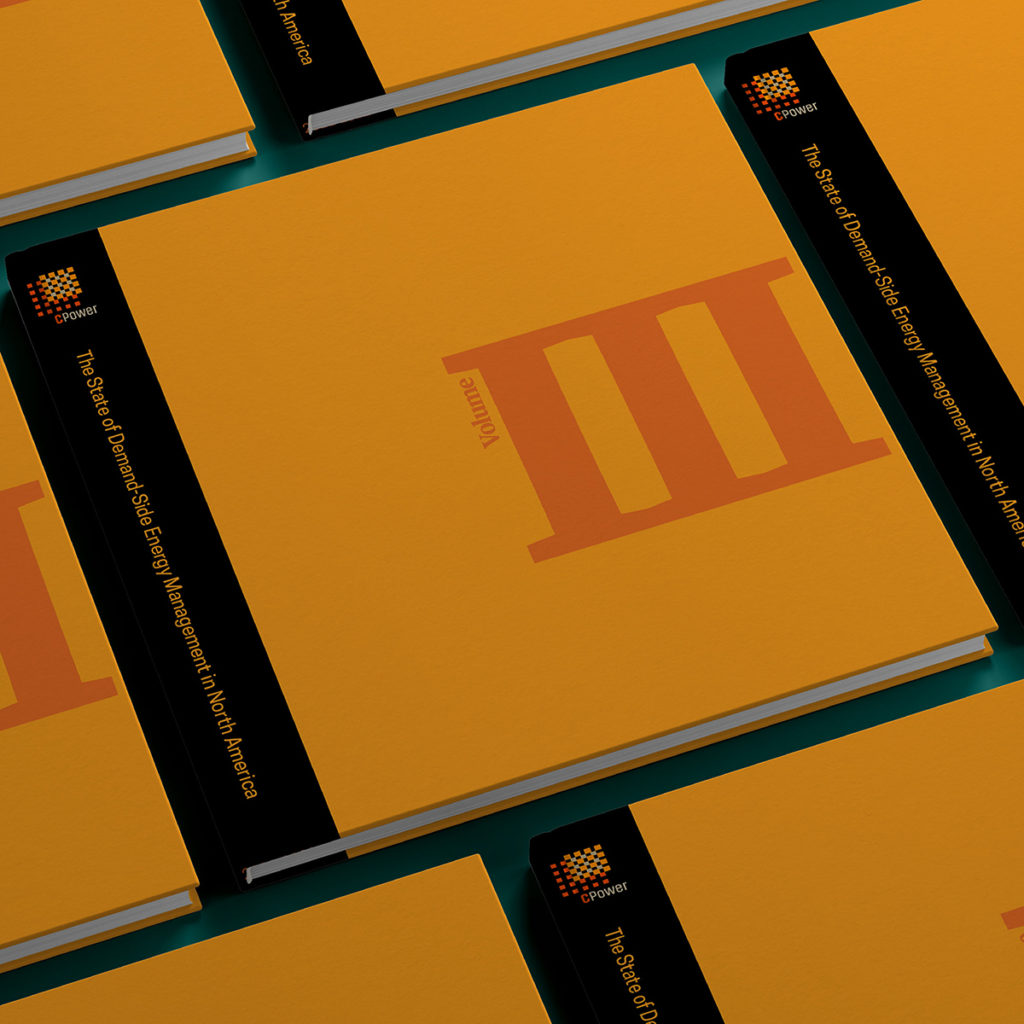How the “3 Ds” and “Prosumers” are Helping the Grid Evolve

There are three macro trends that have made headlines in the energy industry over the last few years concerning the grid’s evolution. We call them the three D’s: decarbonization, digitization, and decentralization.
Most regular readers of The Current will likely be familiar with the three D’s, but let’s offer a few quick definitions for those who aren’t.
The three D’s each refer to the dominant characteristics that will define the grid of the future. Unlike the grid that dominated the 20th century, the grid of tomorrow will be cleaner (decarbonized), technology-driven (digitized), and will incorporate more sources of distributed generation at multiple points on the distribution grid (decentralized) to complement centralized generation on the transmission grid.
While the three D’s are ultimately viewed as desirable for the grid of the future, they’re creating challenges for grid operators and distribution grid operators (utilities) in the present.
As solar and wind resources have become less expensive, they’ve been increasingly integrated into the grid to make for a cleaner generation mix, albeit one that creates intermittent generation and poses reliability concerns. At the same time, fleets of electric vehicles plugged into the grid have created an unclear demand profile. These challenges add to another the grid has faced for some time, namely an underutilized generation and transmission infrastructure, meaning that some generation (and associated parts of transmission grid) are only used on the peak hours and/ or days of the year.

In short, we have a supply-dominated network right now. During this time of transition, the grid needs flexibility. By flexibility, we mean the ability to provide power and increasingly quick turnaround at any time of the day or year and for changing durations as well as more frequent calls or dispatches. Organizations that can provide this flexibility are helping the grid and should be financially rewarded for that help.
This is where we should focus on the grid’s decentralization.
Today, the grid is in the midst of a transition to an omnidirectional framework whereby demand reacts to supply, essentially a reverse of the centrally oriented grid of the 20th century.
Over time, this omnidirectional framework will develop with consumers injecting electrons into the network. At this point, consumers of electricity become prosumers, meaning they are consumers who use electricity but also provide services to the grid.
Examples of prosumers today are customers who participate in demand response. Prosumers also include consumers who use their behind-the-meter generation or an energy storage capability to participate in a program with their local utility or with the organized wholesale market.
Over the last several years, there has been a wave of technological innovation that has made these energy resources practical and affordable and, in turn, has allowed prosumers to become viable players in helping the grid evolve along the trajectory outlined by the three D’s.
Last fall, the Federal Energy Regulatory Commission (FERC) issued an important Order that’s going to modernize regulations to make it easier for distributed energy resources to benefit from participating in wholesale markets.
Order 2222 has been called a landmark, a game-changer, and plenty of other praising names normally reserved for a historic moment. In time, it may prove to be all of those and more.
This post was excerpted from The State of Demand-Side Energy Management in North America Volume III, a market-by-market analysis of the issues and trends the experts at CPower feel organizations like yours need to know to make better decisions about your energy use and spend.
CPower has taken the pain out of painstaking detail, leaving a comprehensive but easy-to-understand bed of insights and ideas to help you make sense of demand-side energy’s quickly evolving landscape.



